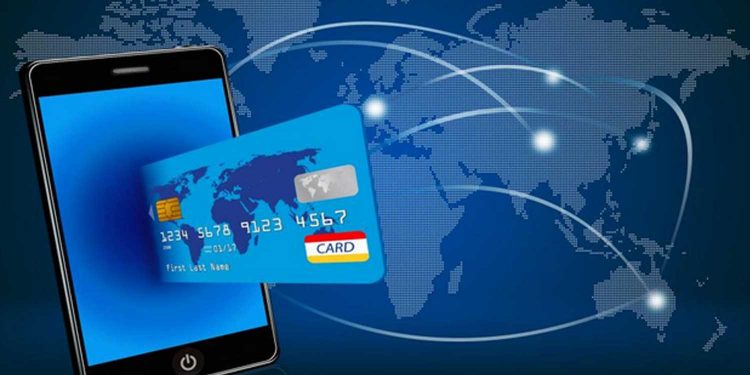The Kenyan banking Space is often dynamic, in a bid to stay abreast with ever-changing customer preferences and new technology. Technology like mobile banking as well as increased phone penetration left banks with no choice but to digitize.
Innovations in the sector, fueled by both individual banks and the banking association, has seen significant advantages to customers as transactions speeds and information security improve. For instance, upgrades to the Automated Clearing House cut downtime for processing foreign currency cheques from 7 to 2 business days. What more could banks have done?
Partnerships with Mobile Network Operators have not only enabled financial institutions to piggyback on the success of mobile banking in Kenya but also assisted the transfer of knowledge to allow banks to build similar platforms. Similarly, banks in Kenya leverage on technology avail service where customers are, literally, in the case of Prime Bank’s “Bank on Wheels”. Here are some ways in which Kenyan Banks use a combination of digital interventions to offer better services.
1. Mobile Money Transfer and Platform Integration
Platforms like PesaLink enable customers to cut down transaction time for inter-bank transactions to a mere five seconds. Additionally, PesaLink is a success story illustrating efficiency from mobile banking partnerships with platforms.
Related Articles:
- Central Bank expects more Consolidation in Kenya’s Banking business
- Kenya Bankers to rely on innovation and affordable loans to drive growth
- One Year Later, The Inuka SME Program Continues to Greatly Impact Small Businesses
In 2019, PesaLink’s partnership with eCitizen allowed subscribers to make real-time payments for public services. The innovation not only improved the speed of transactions, but it also trimmed a few moments wasted in paying for a driving license or a passport application.
2. Mobility and Banking
Prime Bank’s “Bank On Wheel” is bringing a new way to avail banking services to customers. The bank offers financial services at the physical location of customers, creating a mobile branch with lower operational costs and better service delivery.
The mobile bank features a cash deposit solution and network equipment which allow customers to make deposit and withdrawals.
3. Social media and banking
Availability of the internet, as well as cheap mobile devices, has seen an increasing number of subscribers on social media. Why not offer banking services on these platforms? Well, United bank of Africa integrated Whatsapp and Facebook with their banking system, allowing customers to transact on social platforms. The service dubbed “Leo” can help customers open accounts, buy airtime and make transfers.
Digitization has shortened the gap between banks and customers, lowering the levels of financial inclusion. A report by the Kenya Bankers Association believes digitization through mobile banking is the key to universal financial inclusion. Such is likely to happen in the next three years. Moreover, efforts to further technology in the baking sector will only increase, given 49% of the customers prefer services through mobile.




